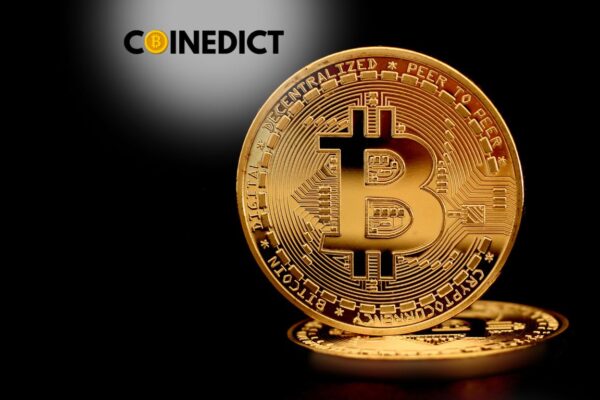
Ziglu Makes Crypto Spendable, Launches Ziglu Coin, and Expands to Europe
Ziglu is shaking up the way people use cryptocurrency in everyday life. With its Ziglu Mastercard debit card, users can now spend crypto like cash—online, in-store, and even at ATMs. No complicated conversions, no waiting—just real-time crypto-to-fiat transactions that work instantly, anywhere in the world. Crypto Spending Made Simple Unlike traditional crypto payment methods that require manual conversions, Ziglu allows users to set their preferred spending balance—whether in crypto, fiat, or a mix of both. When a purchase is made, Ziglu automatically converts the chosen assets in real time, making crypto as easy to use as traditional money. Introducing Ziglu Coin: A New Digital Asset Taking innovation even further, Ziglu has announced the upcoming launch of Ziglu Coin, backed by a $10 million investment. Set to roll out in Q2 2025, Ziglu Coin will be available on Ziglu and major exchanges. Users will be able to earn Ziglu Coin through the Ziglu app, unlocking exclusive rewards and benefits via an enhanced subscription program. A full prospectus detailing its use cases and benefits will be released soon. “Ziglu Coin is an important step in bringing more utility, accessibility, and rewards to our users,” said Mark Hipperson, Founder & CEO of Ziglu.“We’re building an ecosystem where digital assets and traditional finance work together, giving people more control over their money.” Series A Fundraise: £5M at £45M Valuation To accelerate product development and expansion, Ziglu has launched a £5 million Series A fundraise at a £45 million valuation. This investment will fuel: 


















 Lack of fiat trading support – Many delisted platforms were token-only exchanges without access to real-name bank accounts, making it hard to attract users and process transactions in Korean won or U.S. dollars.
Lack of fiat trading support – Many delisted platforms were token-only exchanges without access to real-name bank accounts, making it hard to attract users and process transactions in Korean won or U.S. dollars.